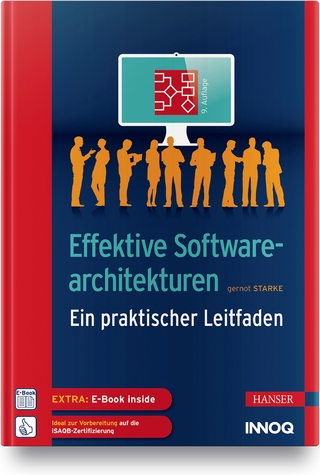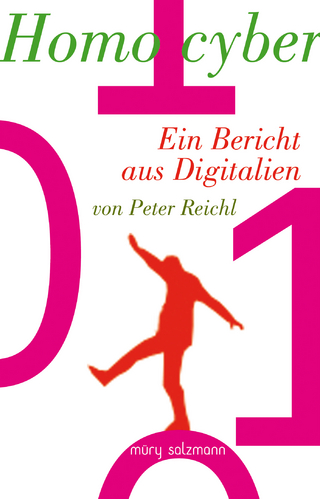
Software Receiver Design
Cambridge University Press (Verlag)
978-0-521-18944-6 (ISBN)
Have you ever wanted to know how modern digital communications systems work? Find out with this step-by-step guide to building a complete digital radio that includes every element of a typical, real-world communication system. Chapter by chapter, you will create a MATLAB realization of the various pieces of the system, exploring the key ideas along the way, as well as analyzing and assessing the performance of each component. Then, in the final chapters, you will discover how all the parts fit together and interact as you build the complete receiver. In addition to coverage of crucial issues, such as timing, carrier recovery and equalization, the text contains over 400 practical exercises, providing invaluable preparation for industry, where wireless communications and software radio are becoming increasingly important. A variety of extra resources are also provided online, including lecture slides and a solutions manual for instructors.
C. Richard Johnson, Jr is the Geoffrey S. M. Hedrick Senior Professor of Engineering at Cornell University, where he has been on the faculty since 1981. He is a Fellow of the IEEE and co-author of Telecommunication Breakdown (2004, with William A. Sethares) and Theory and Design of Adaptive Filters (2001). William A. Sethares is a Professor in the Department of Electrical and Computer Engineering at the University of Wisconsin, Madison. He is the author of Rhythm and Transforms (2007) and Tuning, Timbre, Spectrum, Scale (2005). Andrew G. Klein is an Assistant Professor at Worcester Polytechnic Institute. In addition to working in academia, he has also held industry positions at several wireless start-up companies.
Part I. The Big Picture: 1. A digital radio; Part II. The Basic Components: 2. A telecommunication system; 3. The six elements; Part III. The Idealized System: 4. Funny things; 5. Analog (de)modulation; 6. Sampling with automatic gain control; 7. Digital filtering and the DFT; 8. Bits to symbols to signals; 9. Stuff happens; Part IV. The Adaptive Components: 10. Carrier recovery; 11. Pulse shaping and receive filtering; 12. Timing recovery; 13. Linear equalization; 14. Coding; Part V. Putting it All Together: 15. Make it so; A. Transforms, identities, and formulas; B. Simulating noise; C. Envelope of a bandpass signal; D. Relating the Fourier transform to the DFT; E. Power spectral density; F. The Z-transform: difference equations, frequency responses, open eyes, and loops; G. Averages and averaging; H. The B3IG transmitter.
| Zusatzinfo | Worked examples or Exercises; 9 Tables, black and white; 235 Line drawings, unspecified |
|---|---|
| Verlagsort | Cambridge |
| Sprache | englisch |
| Maße | 168 x 244 mm |
| Gewicht | 770 g |
| Themenwelt | Mathematik / Informatik ► Informatik |
| Technik ► Elektrotechnik / Energietechnik | |
| Technik ► Nachrichtentechnik | |
| ISBN-10 | 0-521-18944-6 / 0521189446 |
| ISBN-13 | 978-0-521-18944-6 / 9780521189446 |
| Zustand | Neuware |
| Haben Sie eine Frage zum Produkt? |
aus dem Bereich


